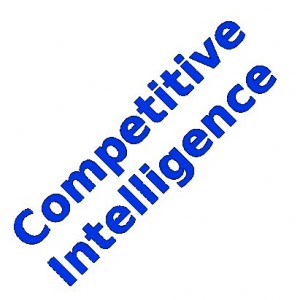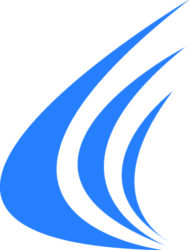 Often we are asked to find out whether a specific competitor has a patent or patent application that would cover (1) the client’s product or (2) a known product of the competitor’s. There are several approaches that can uncover patent or patent application information about a competitor depending on the circumstance. Information about the patent activity of a competitor my provide you with with information about your competitor’s planned activity before it is seen in the marketplace.
Often we are asked to find out whether a specific competitor has a patent or patent application that would cover (1) the client’s product or (2) a known product of the competitor’s. There are several approaches that can uncover patent or patent application information about a competitor depending on the circumstance. Information about the patent activity of a competitor my provide you with with information about your competitor’s planned activity before it is seen in the marketplace.
The Public Disclosure Patent Bargain
The bargain of a patent is that you provide information about your invention to the public—by describing the invention in a patent to the level that one skilled in the art could practice the invention—and in exchange the government grants you a time-limited monopoly on your invention. This way invention is encouraged through the monopoly to the inventor and technological arts and sciences are advanced by the disclosure of the invention to the public.
Therefore the content of a patent is publicly available information. In the United States, patent applications may also be public. Therefore it may be possible to discover a competitor patent application before it becomes a patent. As a result, publicly available patent information can provide you competitive business intelligence regarding your competitors.
The default rule in the U.S. is that patent applications are published 18 months after the earliest filing date. However, there are exceptions to this rule. For example, if the applicant requests non-publication or if the application is subject to a government secrecy order, then the Patent Office will not publish the application. Non-publication is not allowed if the applicant wishes to seek foreign patent protection.
A Known Number
If the patent number or patent application number is known then it is easy to retrieve the corresponding patent or patent application. For example to your type the number in the Patent Office Search Tool or the Google Patent Search Tool and retrieve the patent or patent application.
Unknown Number
In the case of a patent application, the patent application may not be known. This can occur because the competitor product is marked with “patent pending” but without any corresponding number. This can also occur if the product or literature is not marked. Further this can occur, if the client is not aware of a competing product or service from a competitor, but would like to know if there are any publically available patent applications that would inform the client what product development activities the competitor is undertaking.
There are several methods that might reveal a competitor’s public ally available patent information.
Assignee/Owner
A search can be performed looking for any patent application that names the competitor company as an assignee (owner).
Patent applications are often filed in the name of the inventor rather than in the name of a company. Therefore it is possible that a company could file a patent application on behalf of one of its inventor/employees without identifying itself as the owner of the subject matter of the patent application. Further, it is possible that an owner might file a claim of ownership (record an assignment) after the patent application is published. In these scenarios, searching for the competitor company name at the patent office might not reveal a patent application that is owned by the competitor.
Inventor Information
Each patent application generally must name the inventor(s) of the subject matter of the patent. Therefore if the names of probable inventors/engineers associated with the competitor are known. Then a patent search can be performed looking for any patent application that names those inventors or engineers. When the competitor is a small company, it may be likely that the owner of the company will be an inventor. Therefore, a patent search can also be performed looking for any patent application naming the owner as an inventor.
Invention Subject Matter Searching
In addition to searching for the assignee and inventors, searching on the subject matter of the invention at issue can uncover patents or patent application that are connected with the competitor company.
Conclusion
There are a number of ways to discover your competitors patent and patent application activity. Searches can be conducted of published patents and patent applications for certain assignee (owners) and/or inventors. Searches can also be conducted for patent documents having the subject matter of the invention at issue. These searches can provide competitive business information about the invention and product development activities of competitor.
